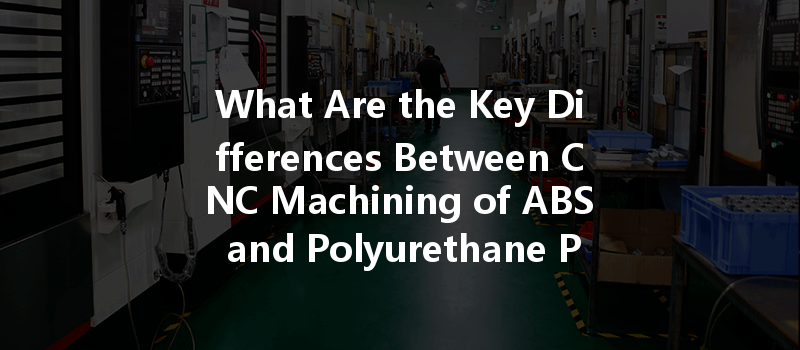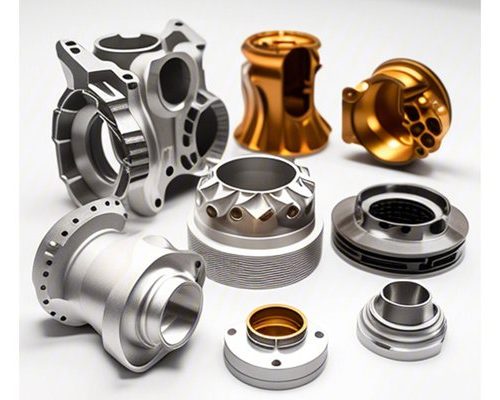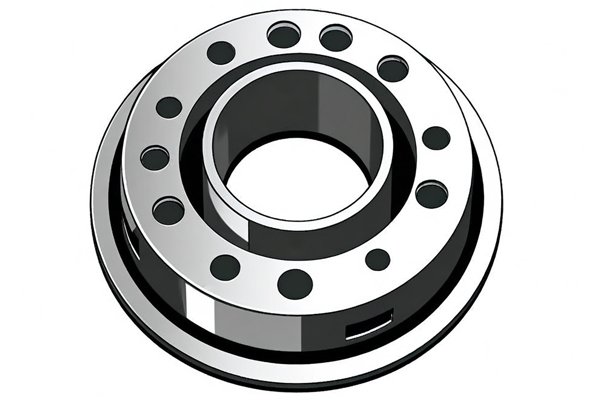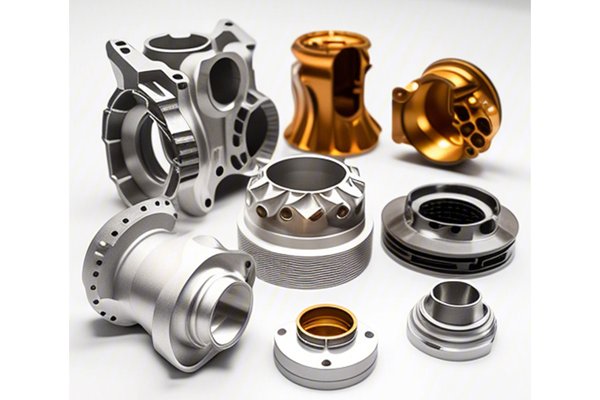*
In the vast and ever-evolving world of manufacturing, the choice of materials can make or break the product’s performance and longevity. One sector that underscores this principle is automotive manufacturing, particularly in the realm of seals. Here at YL Machining, we specialize in precision CNC machining to create components that not only meet but exceed our clients’ expectations. In this comprehensive guide, we will delve into the intricacies of two popular materials—Acrylonitrile Butadiene Styrene (ABS) and Polyurethane (PU)—to understand their unique properties, the benefits and drawbacks of each when used for automotive seals, and the CNC machining processes that sculpt these materials into perfection.
—
Understanding ABS and Polyurethane (PU)
Before we jump into the machining processes, let’s dissect what ABS and PU are, highlighting their chemical compositions, properties, and typical applications in the automotive industry.
What is ABS?
ABS is a thermoplastic polymer that combines the strengths of its three components: acrylonitrile, butadiene, and styrene. This remarkable concoction results in a material that possesses:
Typical Applications in Automotive Seals:
ABS is frequently used in automotive interiors such as dashboards, door panels, and, notably, seals that require moderate durability and resistance to chemicals.
What is Polyurethane (PU)?
Polyurethane is a polymer composed of organic units joined by carbamate (urethane) links. This versatile material is known for:
Typical Applications in Automotive Seals:
PU is commonly found in seals subjected to heavy-duty tasks, such as those found in suspension systems and engines.
—
The Importance of Material Selection in CNC Machining
Choosing the right material for CNC machining is crucial as it directly impacts production efficiency, product lifespan, and overall performance. Here are some frameworks to evaluate materials:
—
CNC Machining Processes for ABS and PU
CNC (Computer Numerical Control) machining is a technology that automates the control of machine tools. In this section, we will explore the best practices for machining both ABS and PU for automotive seals.
Preparing for CNC Machining
Prior to starting the machining process, it’s essential to:

The Machining Process
Finishing Touches
Once the basic shape is achieved, additional procedures such as sanding, smoothing, and surface treatments are executed to enhance the seal’s surface quality. This is particularly important for PU, where surface smoothness can influence performance.
—
Comparing ABS and PU for Automotive Seals
To make an informed decision regarding which material best suits your needs, an analytical framework is beneficial. Here’s a detailed comparison based on critical parameters:
—
: Choosing the Right Material for Your Automotive Seals
At YL Machining, we understand the myriad factors influencing the selection of materials for CNC machining, especially in specialized applications like automotive seals. While ABS offers cost advantages and ease of machining, Polyurethane shines through its superior mechanical characteristics and adaptability to challenging conditions.
In a world where efficiency, durability, and precision are paramount, never underestimate the value of the right material. Whether you choose ABS or PU, our expert machining services promise meticulous attention to detail, ensuring your automotive seals endure the tests of time and performance. To learn more about how we can assist you in your CNC machining projects or explore our diverse range of services tailored to your needs, please feel free to contact us at YL Machining today!
—
This thorough exploration between ABS and Polyurethane in CNC machining of automotive seals has been presented with the intent to enlighten and empower readers in their material selection and machining considerations, fostering informed decision-making in the manufacturing process.*



